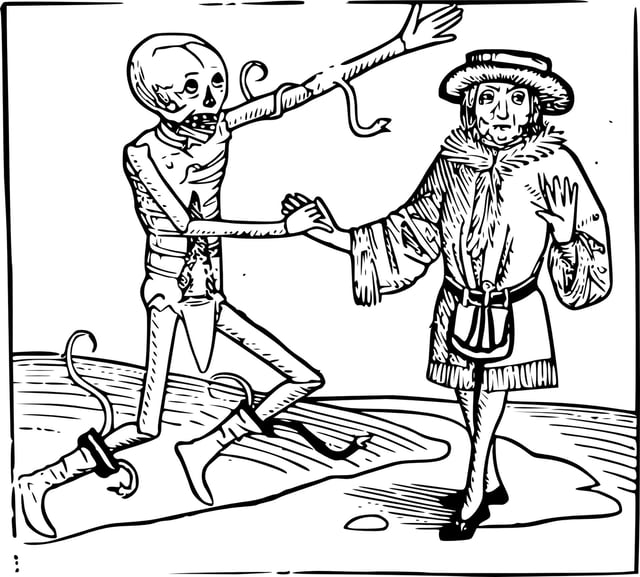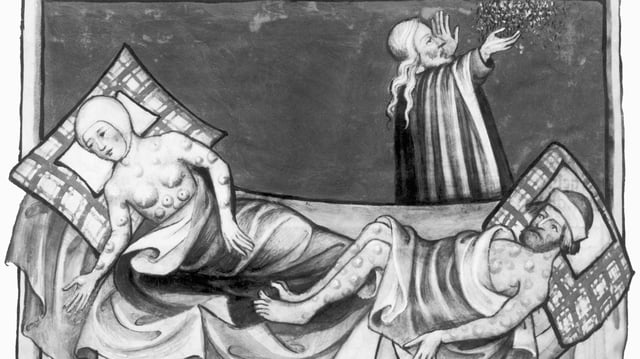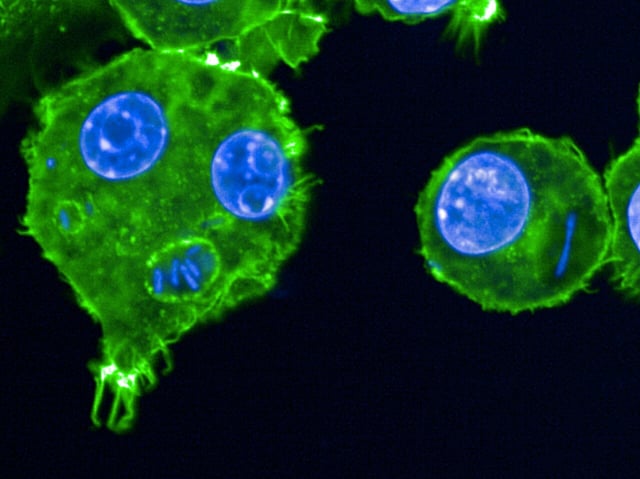Overview
- The pla gene modulates Yersinia pestis virulence by enabling undetected lymphatic spread; its copy number declined independently in both early pandemics about a century into their outbreaks.
- Genetic analysis indicates that lower pla gene counts decreased host mortality by about 20 percent to extend infection durations; this change likely aided wider transmission via rat hosts.
- Three rare Y. pestis samples with pla depletion from the third pandemic were identified in the Institut Pasteur collection; their existence confirms the gene’s role in later outbreaks.
- Pla-reduced strains eventually went extinct, suggesting further shifts in host-pathogen dynamics; one lineage descended from the Black Death ancestor continues to circulate today.
- Despite past attenuation events, most current plague strains remain highly virulent and pose ongoing public health risks in regions such as Madagascar and the Democratic Republic of Congo.



